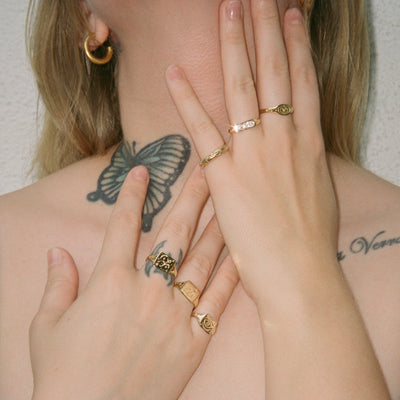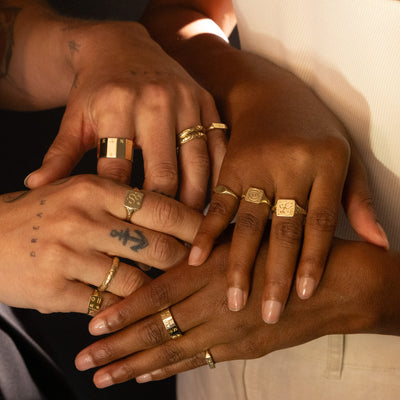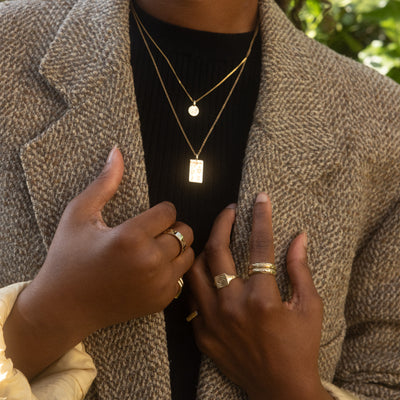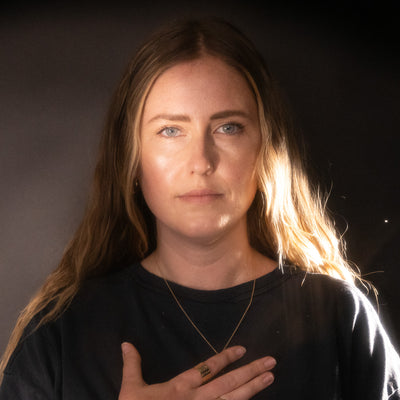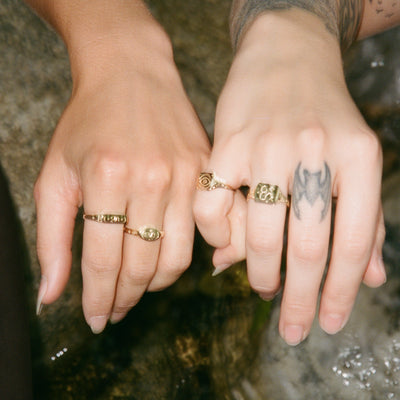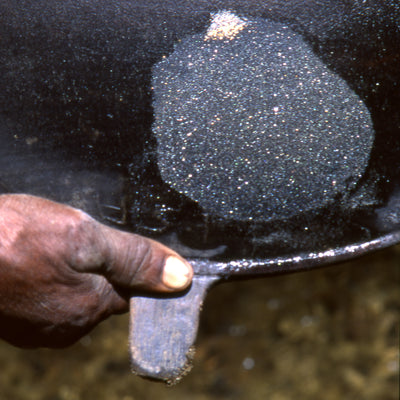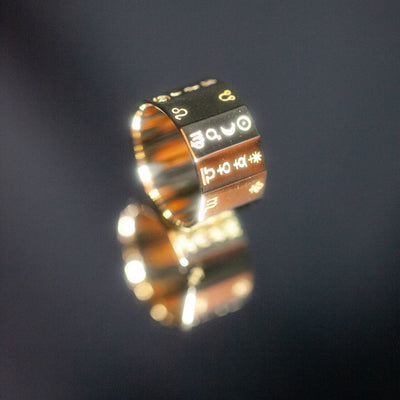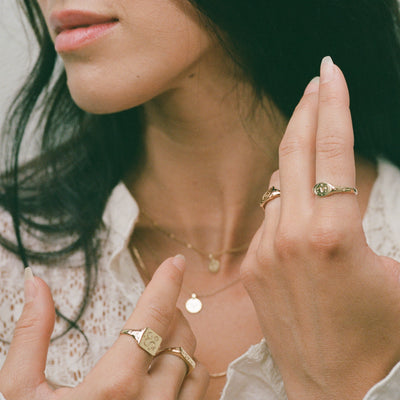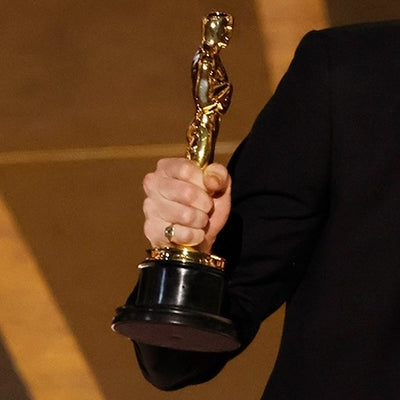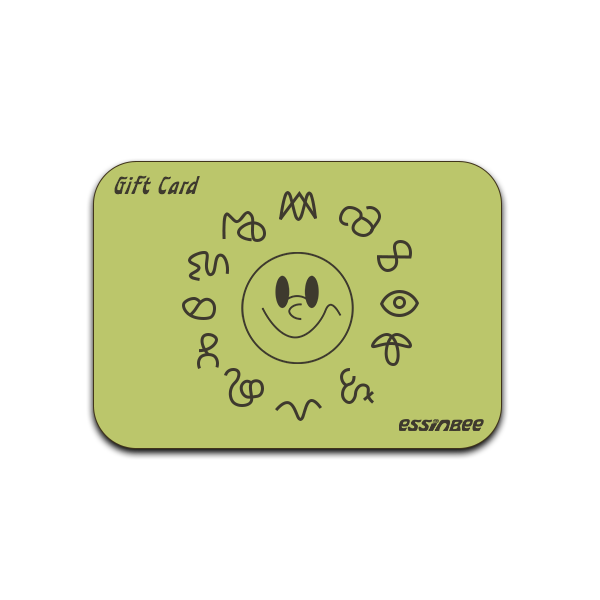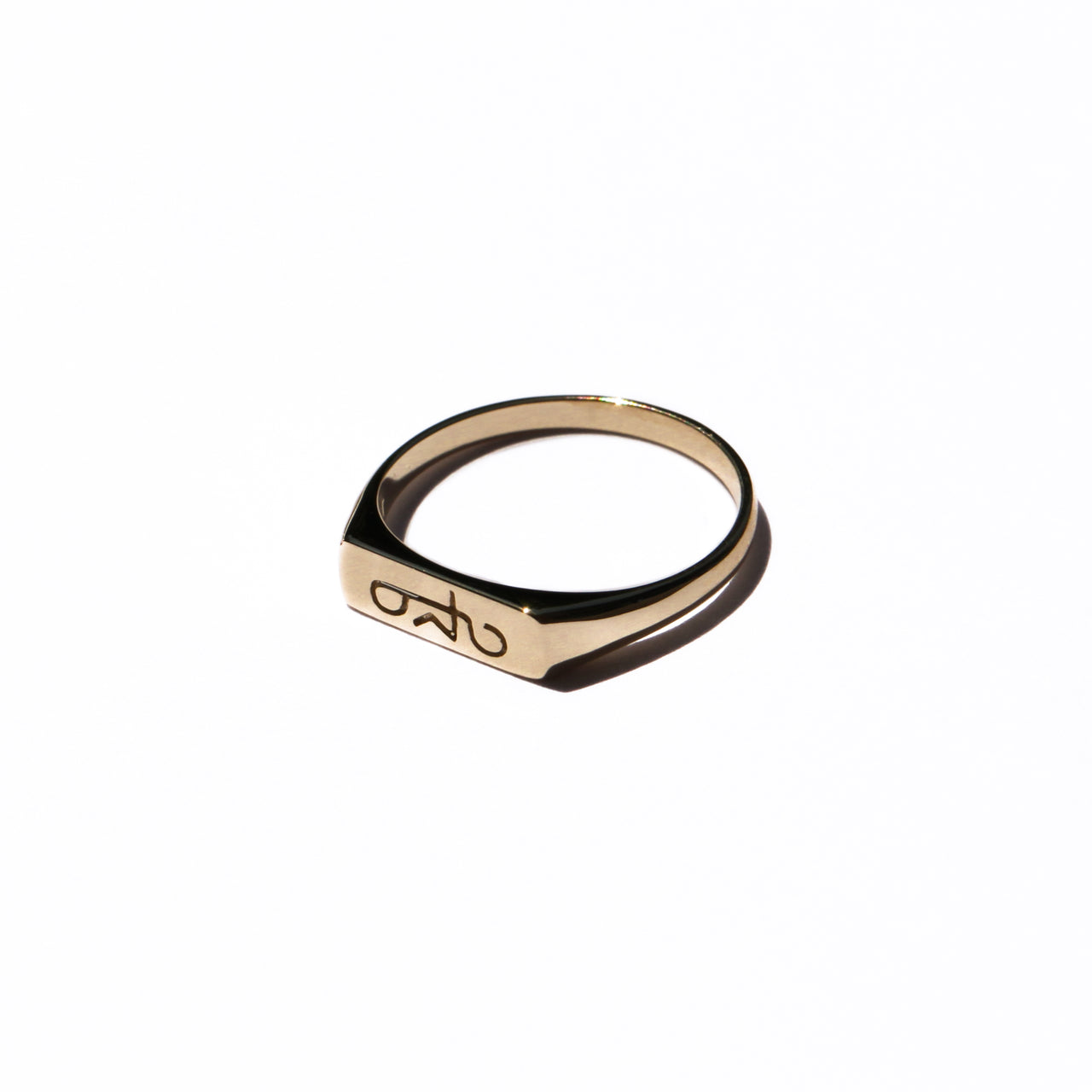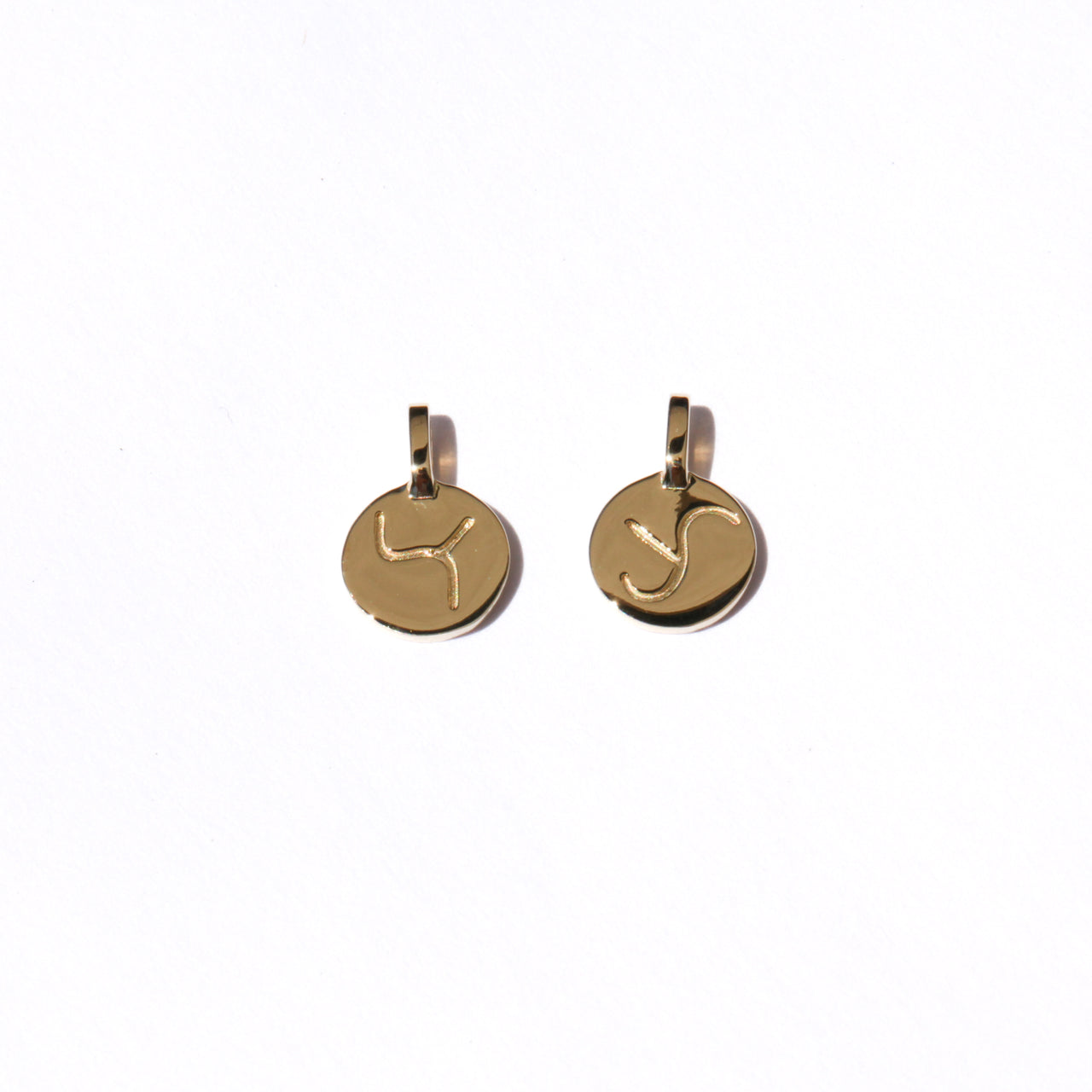Charms: The Personal Symbols of Luck and Protection
Charms are small ornaments or tokens often carried for good luck or protection. Historically, charms have been used across various cultures, from ancient Egypt to Medieval Europe1.
In ancient Rome, charms known as "bullae" or "bulla" were worn by children to protect them from evil spirits. Bullae were hollow, round, or heart-shaped pendants typically made from gold, silver, bronze, or leather. These objects were given to male children a few days after birth during a ceremony called the "dies lustricus," or naming day, and were worn around the neck. The contents of a bulla could include small charms or other objects believed to have protective properties1.

An example of an Etruscan bulla featuring Deadalus and Icarus from roughly 5th century BCE
Amulets: Natural Protectors Through the Ages
Amulets are objects believed to have inherent magical properties, typically used for protection. The use of amulets can be traced back to the Paleolithic era, where they were made from simple natural materials like shells, bones, and teeth2.
Tooth pendants have been discovered in prehistoric archaeological sites, often made from the teeth of large predators. These pendants likely had symbolic meanings, such as representing courage or hunting prowess. They have been found in places like Europe and Asia, dating back to the Upper Paleolithic period, around 12,000 years ago3.
In various Native American tribes, tooth pendants made from bear or shark teeth were worn as symbols of protection, strength, or status. They were often used in rituals or as parts of elaborate necklaces4.
In some African cultures, tooth pendants made from lion teeth or other large animals have been worn as symbols of bravery, leadership, or spiritual connection. They were also sometimes believed to provide the wearer with the attributes of the animal from which the tooth was taken5.
Some of the oldest jewelry found in northern Eurasia is from a cave in Siberia and is attributed to the Denisovians, an extinct branch of hominins, alive during the Paleolithic era. Recently pendants made from deer and elk teeth were found, dating to almost 30,000 years old6.

Paleolithic deer teeth amulets found in the Denisovia cave
Talismans: Crafted Symbols of Power
Talismans are crafted objects charged with specific magical properties to benefit or protect the owner. The practice dates back to ancient Mesopotamia and was widespread in medieval Islamic and European traditions7.
The famous Seal of Solomon, a ring said to be worn by King Solomon, is a well-known example of a talisman believed to control spirits and grant wisdom7. It is often depicted as a hexagram and has been mentioned in various Islamic and Jewish texts8.
In medieval Islamic tradition, talismans were often inscribed with verses from the Quran, astrological symbols, or geometric patterns. They were believed to provide protection, healing, or success. The "Shams Al-Ma'arif" (The Book of the Sun of Gnosis) is a renowned Arabic grimoire that contains instructions for creating various talismans9.

An engraved lapis lazuli and gold talisman bearing part of the surah al-lkhlas from the 7th century CE, shared via the Khalili Collection
In Chinese culture, talismans representing the animals of the Chinese zodiac have been used to attract positive energy and good luck. These symbolic objects often bear inscriptions and are crafted following specific traditions10.
A modern twist combining amulets and talismans is our Tooth Talisman, a 14k gold outline of one of your dog's baby teeth. It offers protection and binds you to your furry friend.

Conclusion
From ancient times to modern practices, charms, amulets, and talismans, continue to fascinate and inspire. The rich cultural history and diverse examples of these mystical objects offer a captivating glimpse into humanity's quest for control, protection, and understanding of the unseen world.


